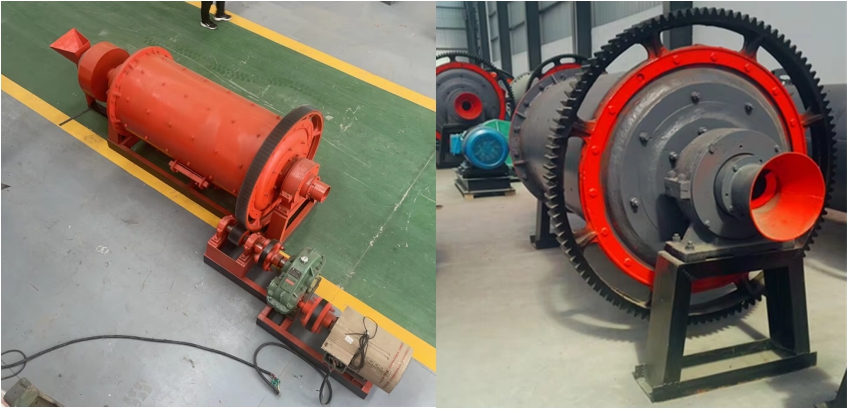Key Differences Between Wet and Dry Ball Mills
Here’s a concise recap of the main points you’ve mentioned:
1.Structural Differences:
Dry Ball Mill: The discharge port is straight-cylindrical and features an induced draft device, dust discharge pipe, and dust collector to manage dust.
Wet Ball Mill: The discharge port is trumpet-shaped with a built-in spiral device to facilitate the discharge of the wet material.
2.Working Principle Differences:
Both types use centrifugal force to grind materials with steel balls.
Dry Ball Mill: No water is added during the grinding process, and materials are discharged by exhaust or natural discharge.
Wet Ball Mill: Water is added to form a slurry, and the material is discharged with the water.
3.Scope of Application Differences:
Dry Ball Mill: Suitable for metal and non-metal ores, especially for materials that react with water or need to be stored/sold in powder form.
Wet Ball Mill: Suitable for most materials that do not react with water, including various metal and non-metal ores.
4.Discharge Method Differences:
Dry Ball Mill: Discharges dry material through a straight-cylinder-shaped port with an induced draft device.
Wet Ball Mill: Discharges wet material (slurry) through a trumpet-shaped port with a spiral device.
These differences highlight the specialized designs and uses for each type of ball mill in the processing of various materials.






 (Live chat)
(Live chat)